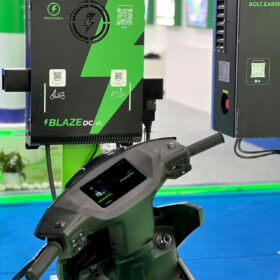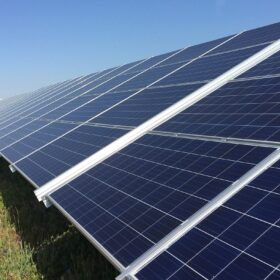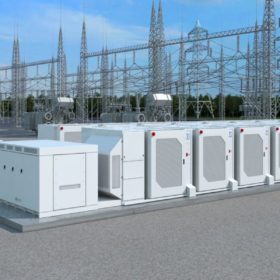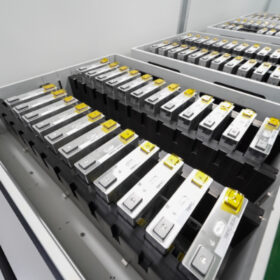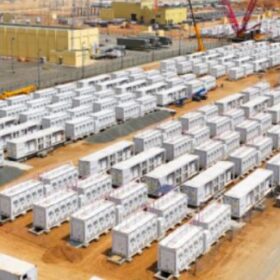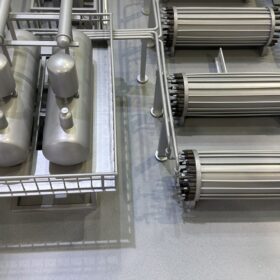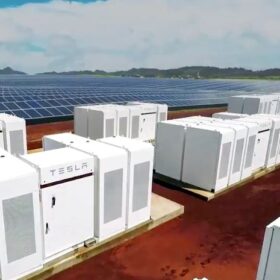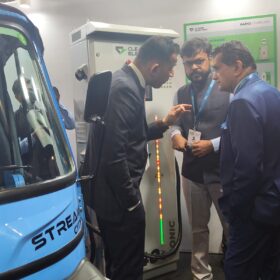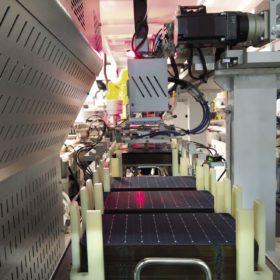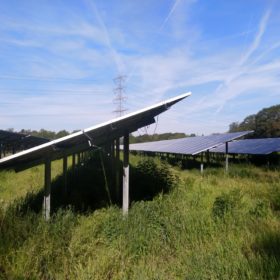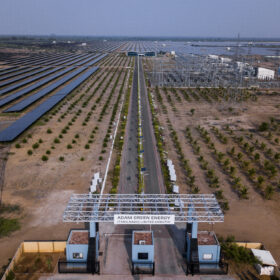IESA projects over $500 million investment in Indian battery, mobility startup ecosystem within a year
Bharat Battery Show, part of the Bharat Mobility Global Expo 2025, saw participation of one hundred startups. Many of these startups are seeking funding from major conglomerates and investment firms.
Essar Renewables to develop 2 GW of renewable energy projects for its green mobility initiative in Maharashtra
Essar Renewables will invest around INR 8,000 crore in a mix of round-the-clock renewable energy projects, primarily aimed at supporting the electric vehicle truck charging ecosystem of Blue Energy Motors and Greenline.
Kerala launches 125 MW/500 MWh battery storage tender
NHPC is accepting proposals to set up 125 MW/500 MWh of standalone battery energy storage systems on a build-own-operate basis in Kerala. The projects will be eligible for central financial assistance in the form of viability gap funding.
Blue Energy to set up EV truck, battery manufacturing facility in Maharashtra
Blue Energy Motors has signed an agreement with the Government of Maharashtra to set up a manufacturing facility designed to produce 30,000 EV trucks annually. The facility will also house a battery pack line.
S&P Global: Annual battery cell production passes 10 billion, lower prices to stimulate demand
While oversupply remains a feature of the lithium-ion battery production landscape, large production volumes are accelerating innovation and enhancing energy storage competitiveness. S&P Global analysis reveals that balance is likely to return to the global market in the coming years as stationary energy storage and EV adoption continues to accelerate.
Renewable energy plus storage auctions to gain traction
India Ratings expects renewable energy plus storage tenders to gain further traction in the coming years, considering the storage requirement of around 74 GW/411 GWh as per National Electricity Plan (2023-2032).
Saudi Arabia commissions its largest battery energy storage system
The 2 GWh battery energy storage system (BESS) features 122 prefabricated storage units, designed and supplied by China’s BYD.
The Hydrogen Stream: SECI awards LoAs for electrolyser production-linked incentives
Solar Energy Corp. of India Ltd (SECI) has issued Letters of Award for incentives to set up electrolyzer manufacturing capacities under tranche II of the Strategic Interventions for Green Hydrogen Transition (SIGHT) Scheme.
Gujarat tenders 500 MW/1 GWh battery storage, 500 MW solar projects
Gujarat Urja Vikas Nigam Ltd (GUVNL) is accepting bids to set up 500 MW/1 GWh of standalone battery energy storage systems, connected to the state grid, on a build-own-operate basis in Gujarat. It has launched a separate tender to set up 250 MW of grid-connected solar power projects with Greenshoe option of additional capacity up to 250 MW. These PV projects can be located anywhere in India.
Clean Electric unveils 15-minute universal and interoperable EV charging technology at Bharat Mobility Expo 2025
Clean Electric has partnered with Bounce and Omega Seiki Mobility to integrate its charging system across different EV categories.
